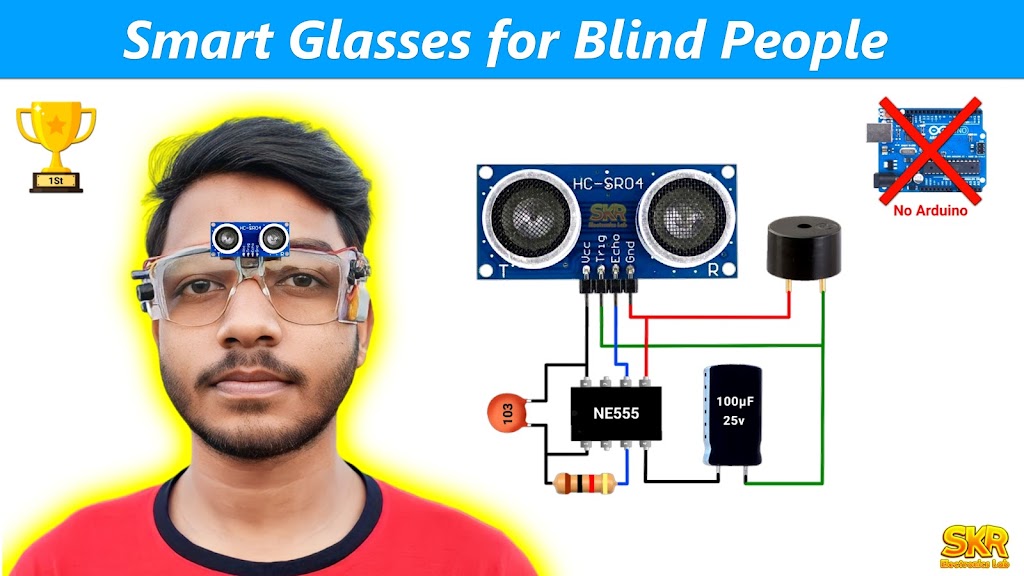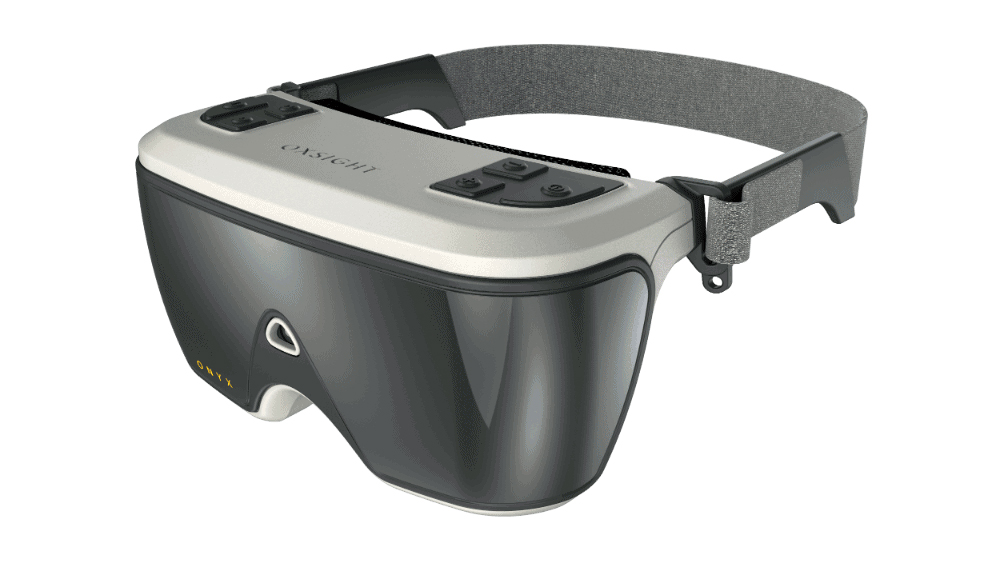OCR Devices for the Blind: Breaking Barriers with Optical Character Recognition
Discover Advanced Assistive Tools for People With Aesthetic Impairments
The landscape of assistive innovation for people with visual impairments is progressing quickly, providing a range of ingenious gadgets that enhance autonomy and involvement. From wise glasses that effortlessly merge aesthetic input with acoustic guidance to sophisticated navigating applications that redefine spatial awareness, these tools are reshaping opportunities.
Smart Glasses Innovations
Smart glasses stand for a considerable improvement in assistive modern technology for people with aesthetic impairments. Geared up with cameras and sensing units, clever glasses can record real-time aesthetic details, which is after that refined and shared to the user through sound responses or haptic experiences.
Moreover, advancements in artificial knowledge have even more enhanced the capabilities of wise glasses. Artificial intelligence algorithms can acknowledge faces, read message, and identify items, making them vital devices for daily jobs. Users can receive acoustic signs that provide context concerning their environment, promoting independence and confidence.
In addition, the ergonomic style and lightweight nature of many smart glasses make them ideal for extended usage, making sure comfort while boosting capability. As these devices remain to advance, they hold the possible to change the method people with aesthetic problems experience their day-to-days live, bridging the void in between access and innovation. The ongoing research and advancement in this area pledge to increase the opportunities for clever glasses, making them an essential element of contemporary assistive tools.
Navigation Application and Tools
Various navigating apps and devices have emerged as crucial resources for people with visual disabilities, substantially enhancing their ability to go across unfamiliar atmospheres. These modern technologies leverage GPS performance, audio hints, and real-time information to give users with precise navigating support.
One famous example is the Aira app, which connects individuals to experienced agents that can give aesthetic summaries of environments and navigation advice with an online video clip feed. This solution boosts the customer's spatial recognition and self-confidence while browsing. An additional noteworthy device is Seeing Eye GPS, which provides voice-guided navigation and points of rate of interest, enabling individuals to access crucial info regarding their environments.

As technology continues to advancement, the growth of extra sophisticated navigating tools guarantees to more equip people with visual problems, assisting in seamless movement and integration right into varied environments. Such developments are crucial in promoting a more comprehensive society.
Braille Innovation Improvements
In recent times, improvements in Braille technology have dramatically changed just how people with aesthetic problems accessibility information and engage with the world around them. The development of portable Braille screens has actually revolutionized reading by allowing users to attach wirelessly to tablets, computer systems, and mobile phones. These tools transform text right into view Braille in real-time, making it possible for seamless interaction with electronic material.
Furthermore, innovative Braille printers have actually emerged, boosting the production of responsive materials. Modern embossers are faster and much more effective, enabling the rapid development of Braille papers and instructional products. This efficiency reduces the moment and expense connected with generating Braille resources, making them a lot more obtainable to institutions and organizations.
In addition, the combination of Braille with other modern technologies, such as fabricated knowledge and machine discovering, has opened up brand-new opportunities for personalized learning experiences. Voice recognition and synthesis technologies can match Braille, giving an inclusive strategy to info dissemination.
As the demand for inclusive education and workplace environments expands, these technical developments play an essential function in encouraging people with aesthetic disabilities, guaranteeing they have equal accessibility to info and chances in different elements of life.
Wearable Tools for Independence
An expanding range of wearable devices is improving independence for individuals with aesthetic impairments, offering ingenious solutions that improve navigation and day-to-day living. Braille displays and notetakers. becoming an eye doctor These tools utilize advanced technologies to offer real-time responses and assistance, promoting freedom in various atmospheres

Wearable innovation likewise consists of smartwatches that can be set with ease of access features, allowing customers to receive notices, track their places, or even require aid with the touch of a switch. Some gadgets integrate fabricated knowledge to evaluate her explanation the atmosphere, offering sound summaries of neighboring things or individuals.
Voice-Activated Assistive Solutions
Leveraging voice-activated assistive solutions has transformed the landscape of support for people with visual impairments, supplying hands-free interaction and accessibility to a selection of jobs. These modern technologies use natural language processing and synthetic intelligence to enable individuals to perform everyday activities via basic voice commands.

Furthermore, current innovations in voice acknowledgment precision have actually improved the user experience considerably, fitting diverse accents and speech patterns. This inclusivity ensures that more individuals can gain from these technologies, cultivating a greater sense of autonomy.
Conclusion
To conclude, the development of advanced assistive devices significantly enhances the self-reliance and lifestyle for people with aesthetic disabilities. Developments such as wise glasses, navigation apps, Braille technology, wearable gadgets, and voice-activated remedies jointly promote a more comprehensive setting. These modern technologies encourage individuals to browse their environments with self-confidence and engage more totally with the globe, eventually advertising higher accessibility and equal chances for people encountering visual difficulties.
The landscape of assistive modern technology for people with aesthetic impairments is evolving swiftly, presenting a range of innovative gadgets that enhance freedom and interaction.Smart glasses stand for a significant development in assistive innovation for individuals with aesthetic disabilities. As these devices proceed to progress, they hold the possible to transform the way individuals with aesthetic disabilities experience their daily lives, linking the gap between ease of access and technology.In current years, developments in Braille technology have actually significantly changed exactly how people with visual disabilities gain access to info and involve with the world around them. These modern technologies empower users to browse their environments with self-confidence and engage more completely with the globe, ultimately advertising greater access and equal opportunities for people facing visual difficulties.